Autumn is a bountiful time of fruits, when trees and bushes seem to be dripping with beautiful berries – great for both wildlife and keen foragers.
Some of these berries are safe for humans to eat, although a few do need to be cooked first. Care must be taken as there are some safe fruits which can be easily mixed up with poisonous ones. If in doubt of plant identification, do not forage.
More recipes using berries:
Illustrations by Felicity Rose Cole, unless otherwise credited
Do birds prefer berries of particular colours?
Yes. Berry colour is traditionally viewed as an adaptation, increasing the detectability of a plant’s fruit to species likely to ingest it and then disperse its seeds at a new location. This view is reinforced by the fact that most berries change colour as they ripen, becoming more visible.
Each berry offers specific nutritional rewards, such as sugars or antioxidants, for the intended seed disperser, and colour may be one way to advertise these offerings. Carotenoids and anthocyanins are important pigments, and research has revealed that they are also antioxidants.
Experiments with blackcaps have shown that birds are capable of discriminating the anthocyanin concentrations present in berries, and use fruit colour to do this. Berries rich in anthocyanins are black or ultraviolet-reflecting (birds can detect the UV spectrum better than humans), and are preferred. Deep red may also be favoured, though yellow and white
are less sought after.
This originally appeared as a Q&A in BBC Wildlife Magazine, and was answered by Mike Toms.
Do any animals get drunk on fermenting berries?
Humans started brewing alcohol 9,000 years ago, but nature has been doing it much longer, via yeast fermentation in rotting fruits and other sugary substances. The (aptly named) bohemian waxwing may gorge on so many fermented rowan berries in winter that it’s unable to fly or even walk in a straight line.
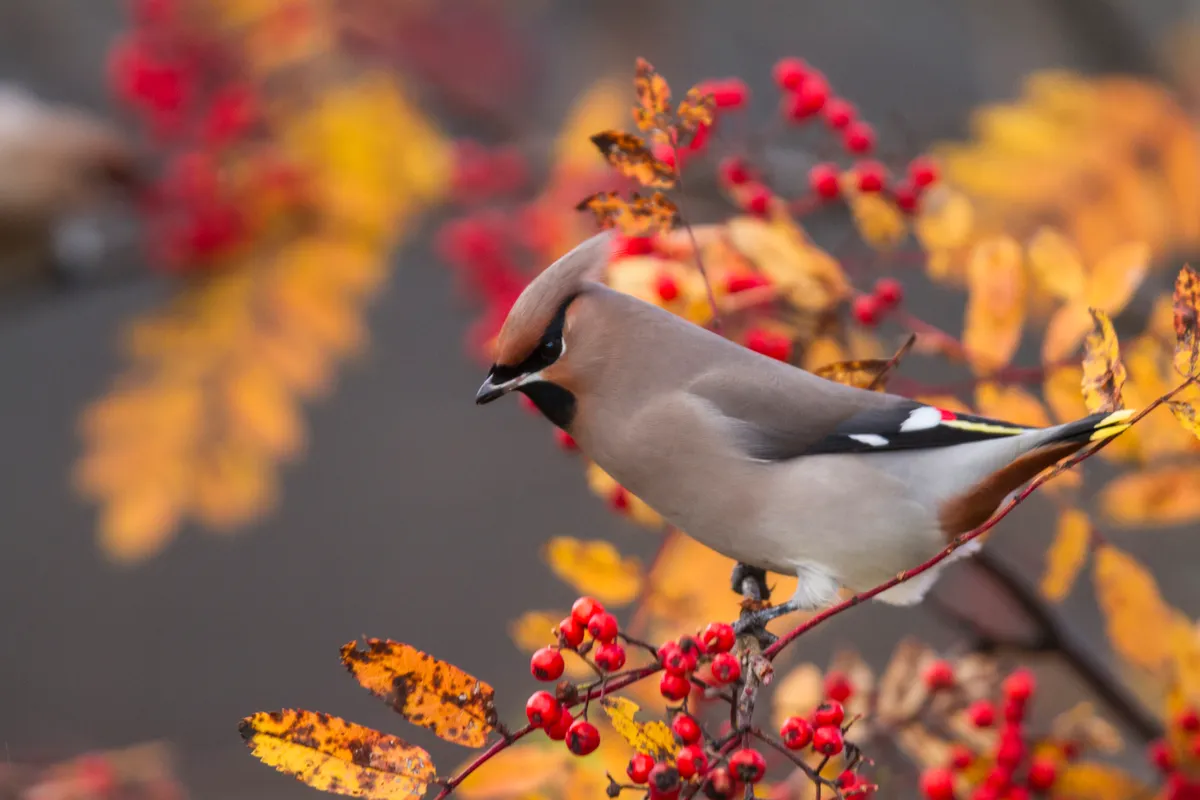
Mammals also get in on the drinking action, and one of the keenest mammalian boozers is a tiny Malaysian tree shrew, whose nectar diet is 3.8% alcohol by volume, akin to drinking beer all day.
This originally appeared as a Q&A in BBC Wildlife Magazine, and was answered by Ellen Husain.
How to identify wild fruits
Bramble (Rubus fruticosus)
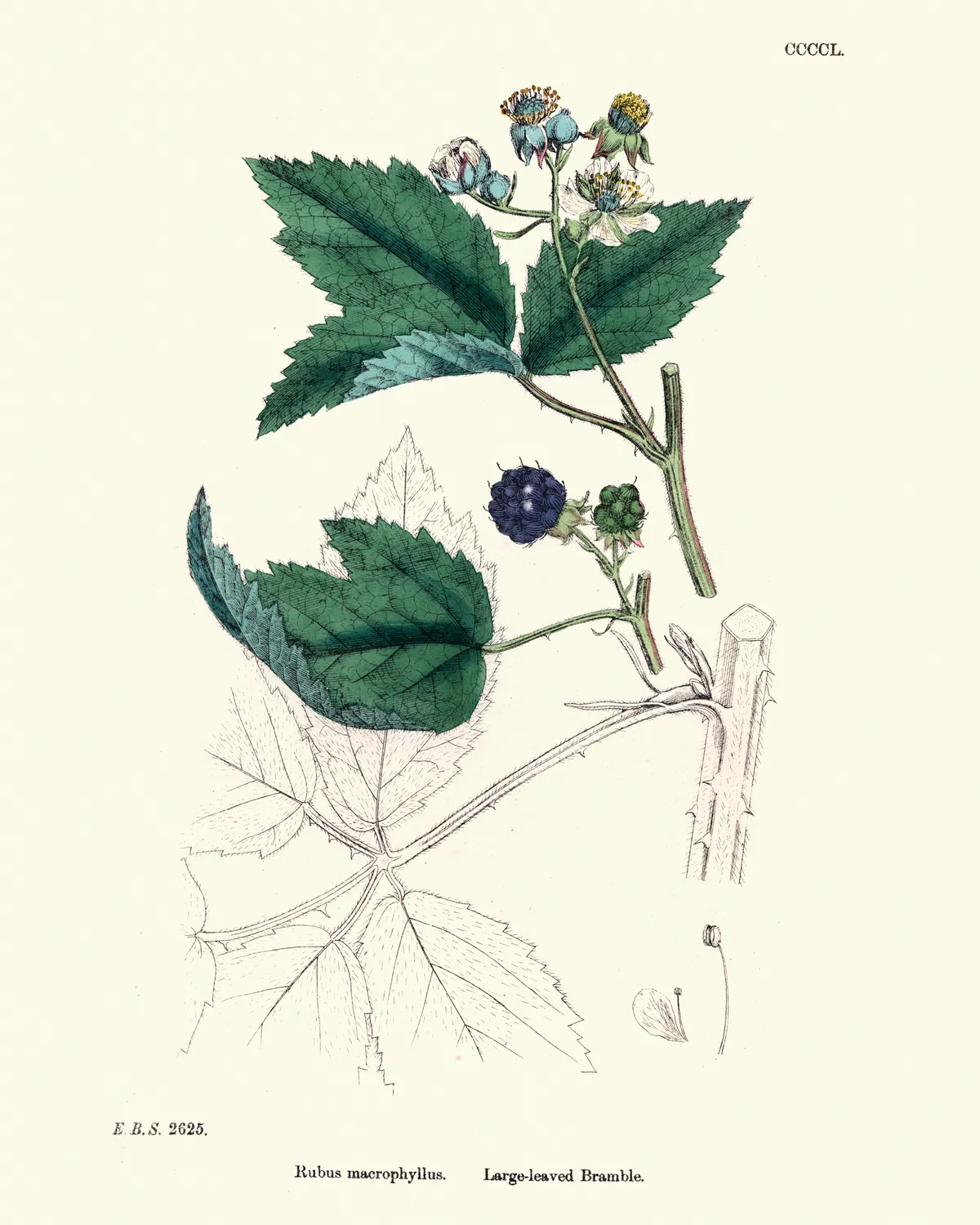
A very familiar plant to many, which produces blackberries – one of the most abundant fruits in autumn. There are over 300 microspecies of bramble in the UK.
Foraging recipes with blackberries:
Guelder rose (Viburnum opulus)
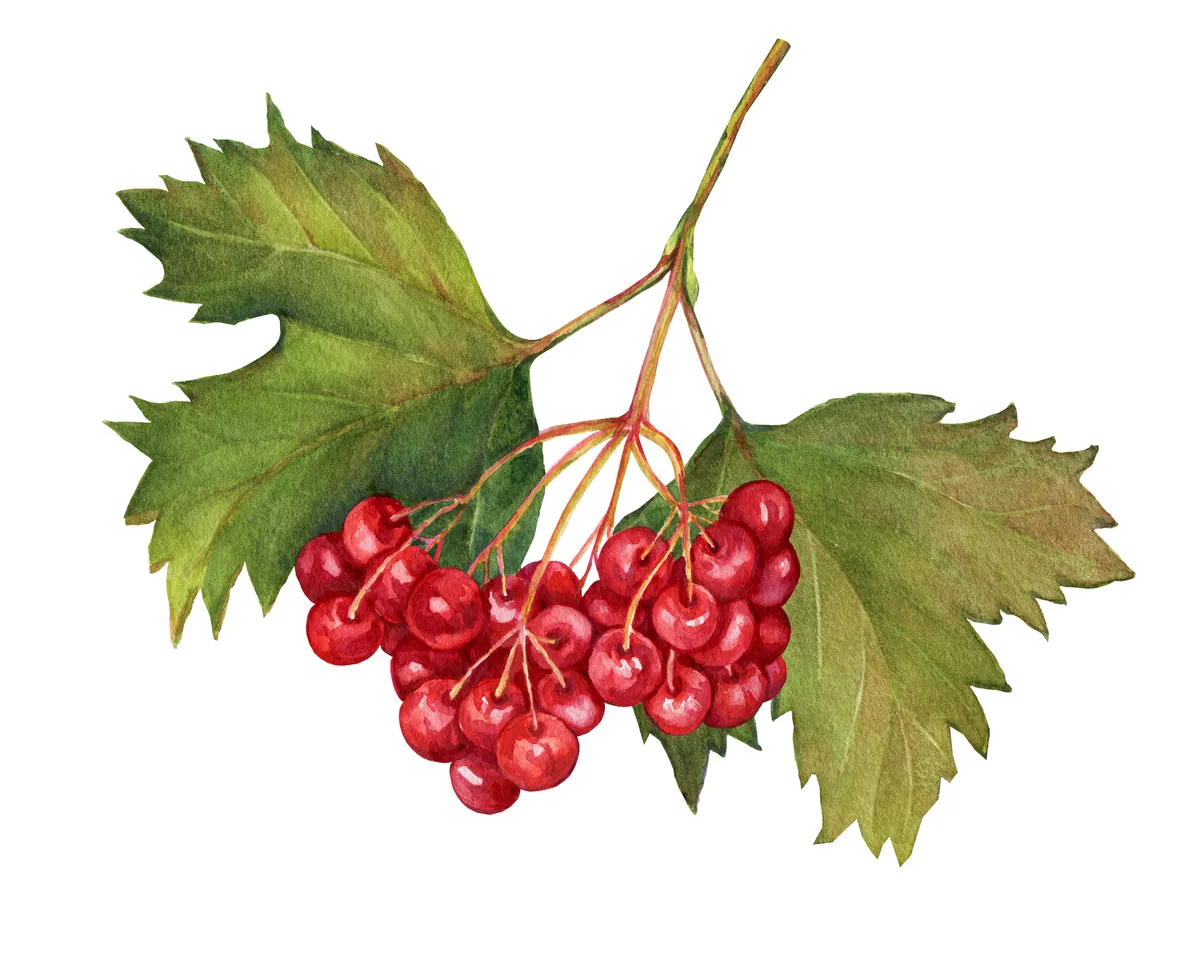
Also known as dogberry or water elder, guelder rose produces bright red berries in autumn that hang in bunches. When eaten raw, the berries are mildly toxic, but can be used in jams or jellies.
Blackthorn (Prunus spinosa)

The fruits of the blackthorn tree are known as sloes, which are a classic flavouring for gin.
Learn more about blackthorn and using sloes in foraging recipes:
Hawthorn (Crataegus monogyna)
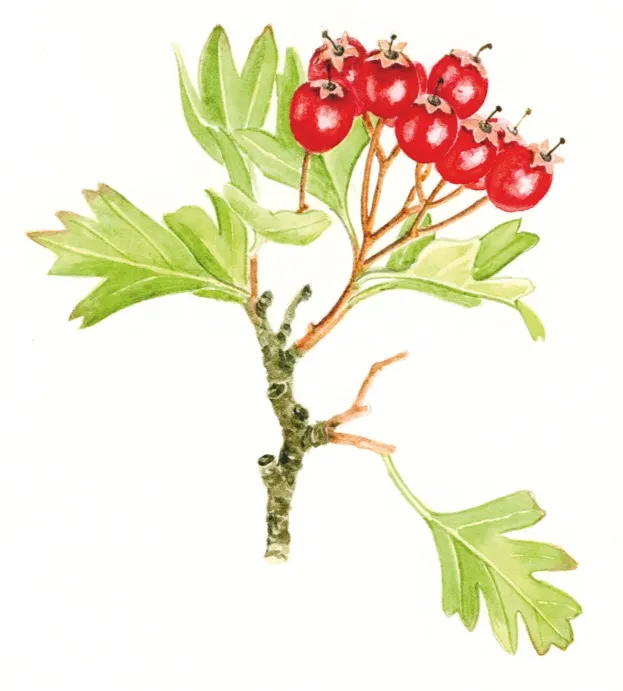
Small or medium-sized thorny tree of hedgerows, rough ground and upland areas. Scarlet oval ‘haws’.
Learn more about hawthorn and using it in foraging recipes:
Dog rose (Rosa canina)

Vigorous hedgerow briar, with oval-shaped scarlet fruits that are packed with vitamin C. Starting off quite firm, the first frosts soften the fruit enough for birds to eat them.
Foraging recipes with rose petals and rosehips:
Elder (Sambucus nigra)
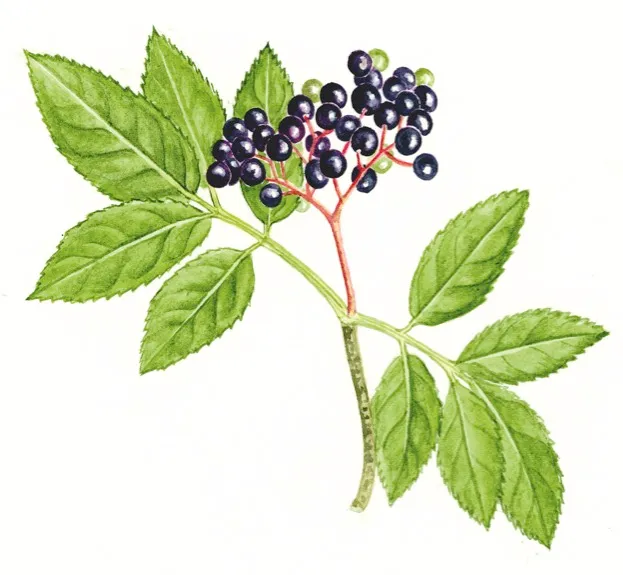
Small hedgerow tree with flat clusters of edible black berries. Frothy white flowers in May–June.
Foraging recipes with elderflowers and elder berries
Crab-apple (Malus sylvestris)

Thorny tree with small, hard, yellow, apple-shaped fruits that can be used to make jelly.
Black nightshade (Solanum nigrim)
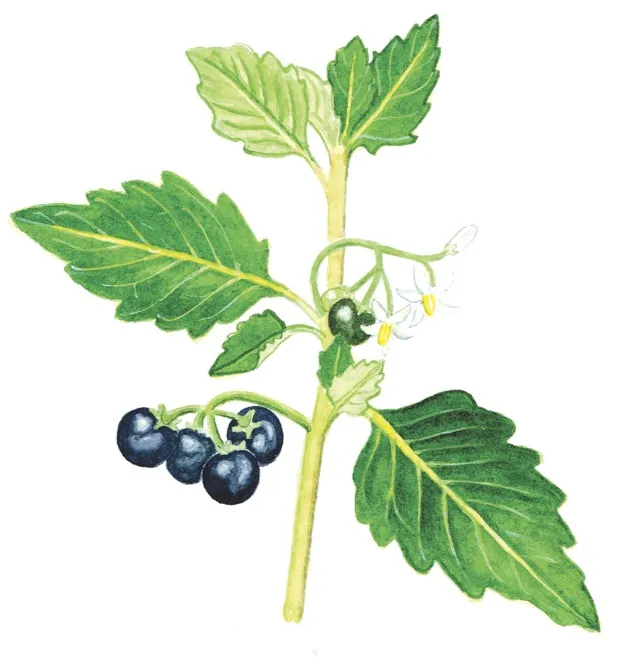
Tiny, tomato-like annual with dull black berries. Although the ripe berries are edible, the plant is easily confused with the poisonous deadly nightshade, so unless you're very confident at plant identification, it is best avoided.
Burnet rose (Rosa pimpinellifolia)

Low shrub of coastal dunes and chalk grassland. Unlike other wild roses produces purple-black hips.
Bittersweet (Solanum dulcamara)
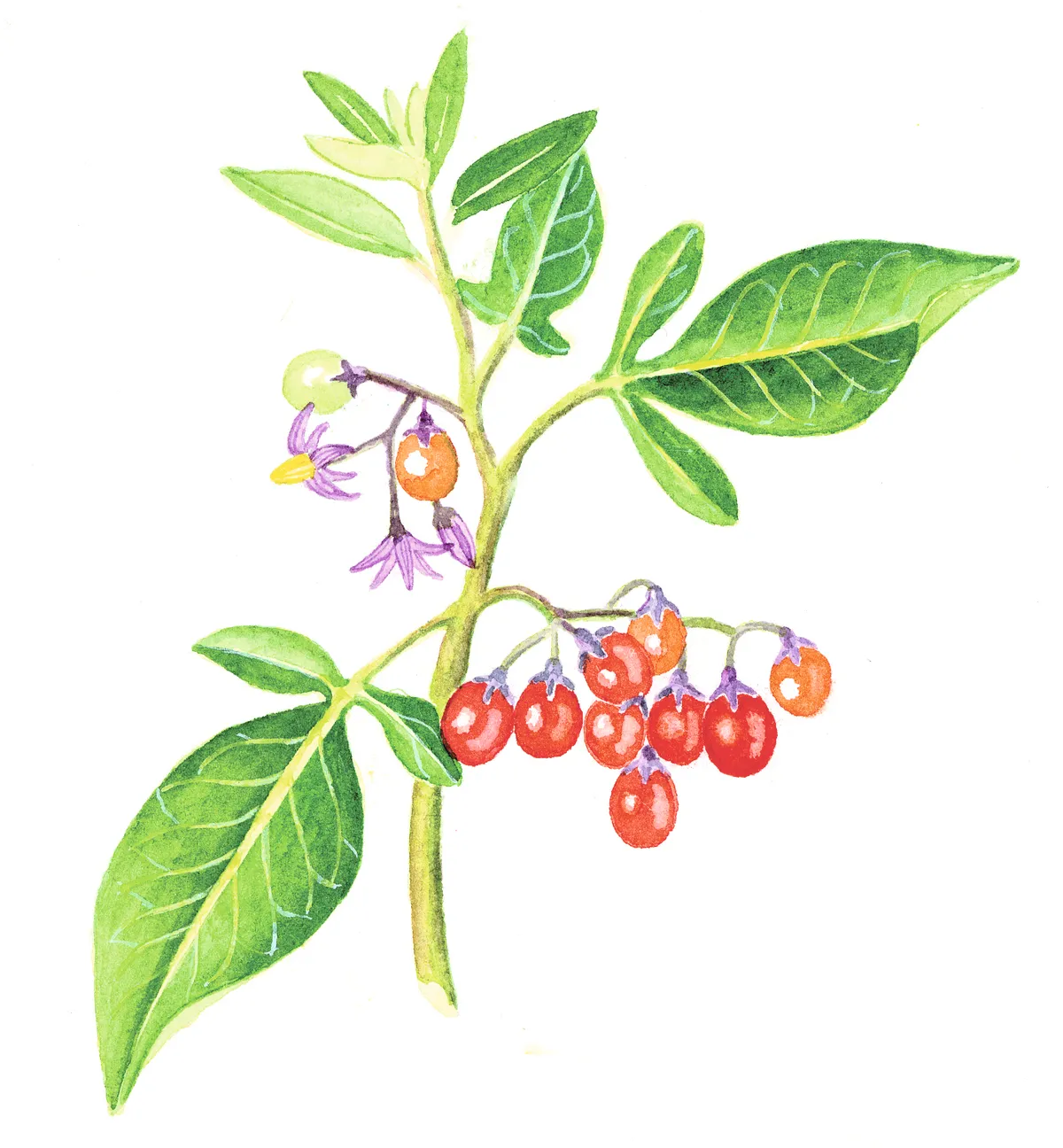
More of a dainty scrambler than a climber. Sprays of small, red, oval, bitter-sweet berries; lilac-and- yellow flowers may linger to September. Also known as woody nightshade.
Spindle (Euonymus europaeus)
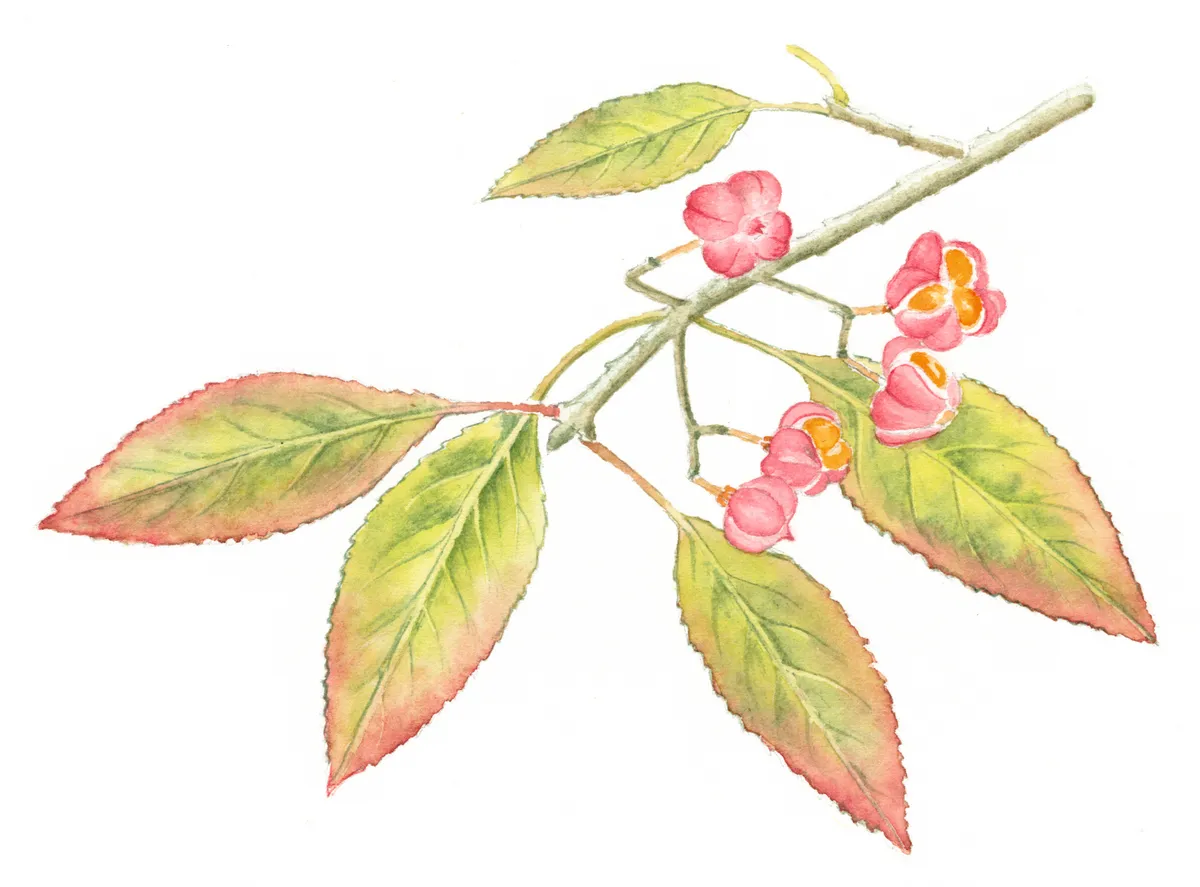
Just as its foliage begins to flush brilliant crimson, spindle produces one of the most spectacular displays in the autumn hedgerow, with dangling pink fruits that split open to reveal brilliant orange seeds. Spindle colonises old hedges in southern counties, but will succeed as a small tree in wildlife gardens almost anywhere.
Black bryony (Tamus communis)
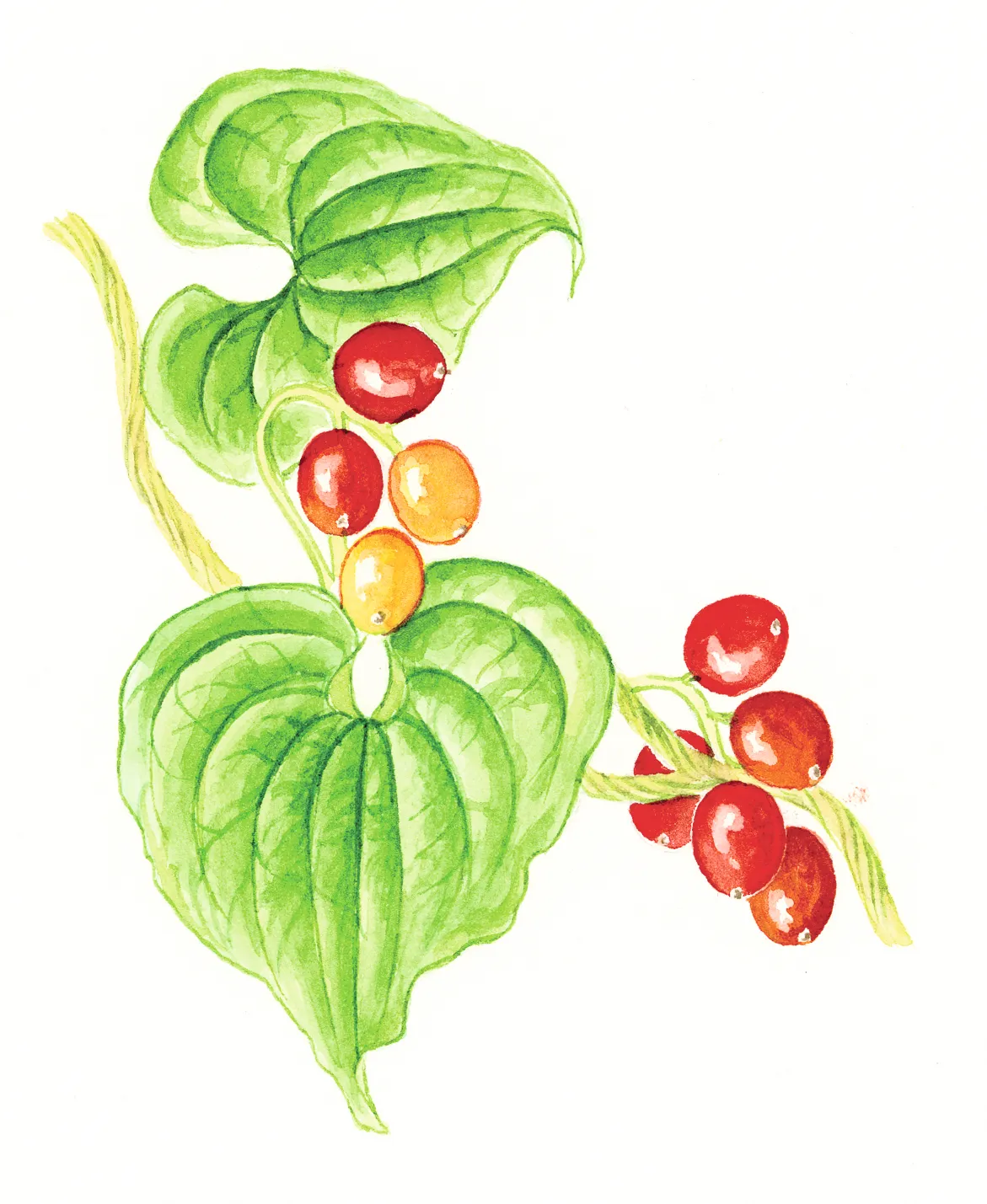
All summer, shoots of black bryony scramble through hedges, twining around twigs and bearing heart-shaped leaves. In autumn they’re festooned with shiny, red poisonous berries, like glacé cherries.. Black bryony is the only British representative of the yam family and grows from an underground tuber. The unrelated white bryony is superficially similar and also produces berries, but its stems bear tendrils and its leaves are divided into lobes.
Honeysuckle (Lonicera periclymenum)

Vigorous shrub that grows up trees and bushes, twisting around trunks and branches like a vine. Tight, firm clusters of small, bright scarlet berries – dormice love them.
Rowan (Sorbus aucuparia)
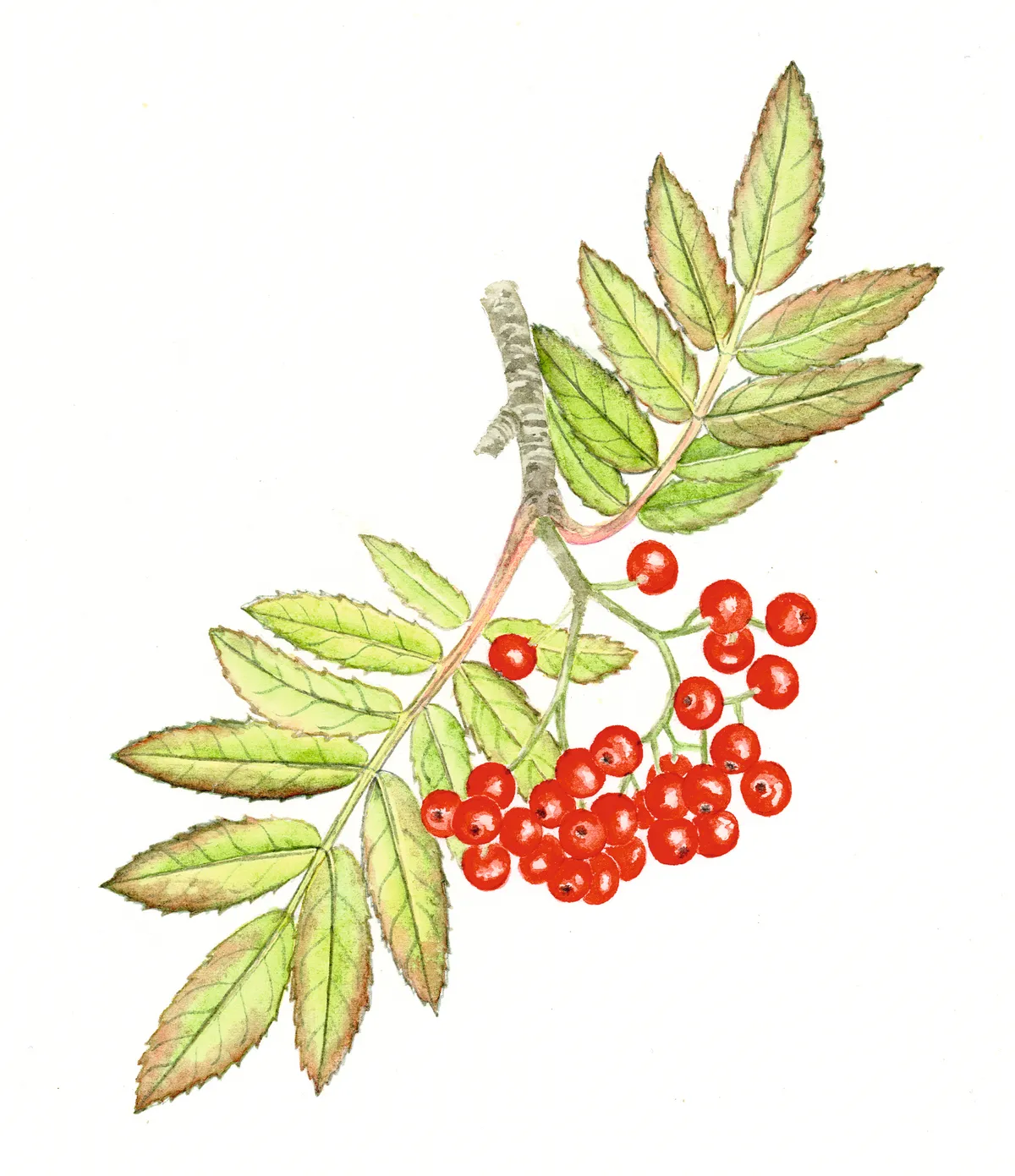
Upland tree with clusters of small, scarlet berries (popular with birds). Also known as mountain ash.
Wild service tree (Sorbus torminalis)
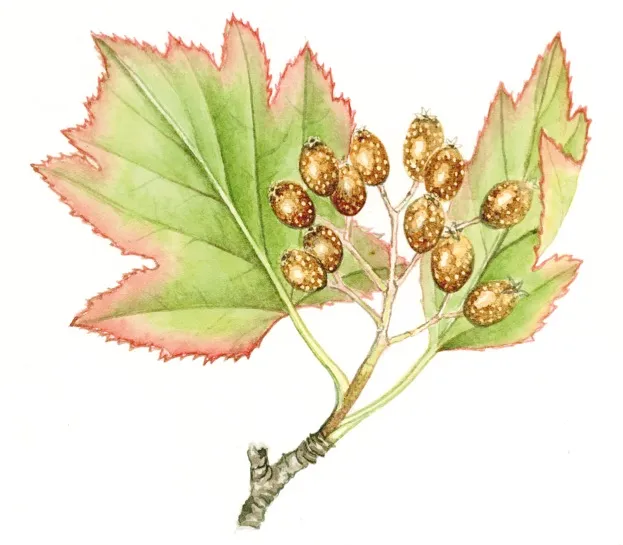
Often-overlooked tree of ancient woods. Clusters of brown, spotted fruits (once used to flavour beer).
Main image: Ripe elderberries in Worcestershire, England, UK. © Ashley Cooper/Getty Images